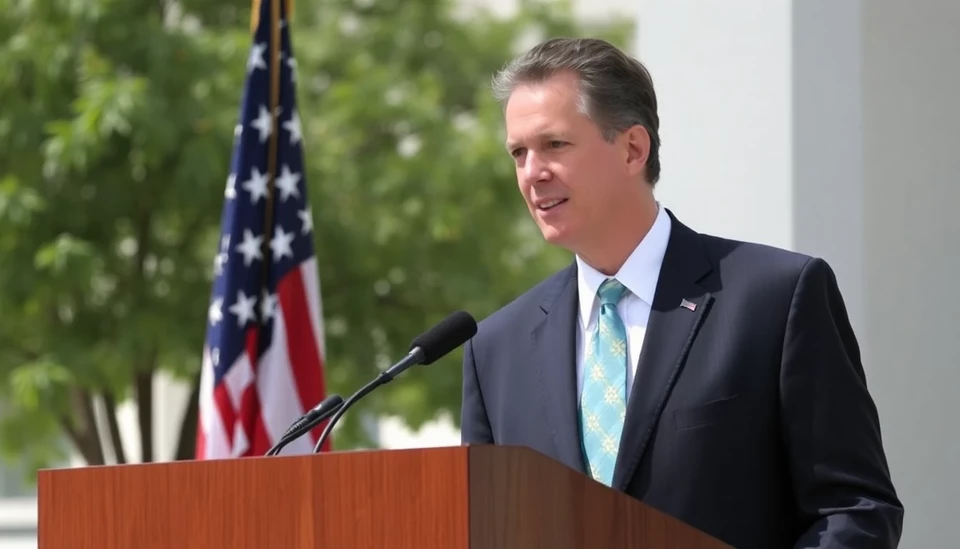
The state of California, known for its progressive environmental policies, is dealing with an intriguing yet paradoxical situation regarding its carbon trading system. As the world increasingly focuses on climate change mitigation, California's cap-and-trade program, which is aimed at reducing greenhouse gas emissions, is under scrutiny for its effectiveness and unintended consequences.
Initially launched in 2013, California's cap-and-trade system was designed to create a market-driven approach to control carbon emissions. It enables companies to buy and sell permits that allow them to emit a specified amount of carbon dioxide. This mechanism was intended to incentivize businesses to reduce their emissions, fostering innovation and investment in cleaner technologies. However, complexities have arisen that challenge the program’s overall impact on both emissions reductions and economic equity.
One of the primary issues is the discrepancy between emissions data and actual progress. Despite California's ambitious climate goals, emissions have not decreased at the anticipated rate. Factors contributing to this development include economic growth in various sectors, which inadvertently increases emissions. Additionally, some critics argue that the allocation of emissions permits benefits larger corporations disproportionately, leading to inequities within the market. Smaller businesses and disadvantaged communities are often left to bear the brunt of pollution, undermining the program's original intention to promote environmental justice.
The intricacies of California's carbon markets also reveal a tension between environmental sustainability and economic incentives. A growing number of environmentalists argue that the system allows for companies to maintain high emissions levels while effectively purchasing their way out of responsibility, obscuring true progress in emissions reduction. Furthermore, the volatility of carbon prices creates uncertainty for businesses trying to make long-term investments in green technology and infrastructure.
Adding to the complexity, questions around the credibility of emissions calculations have surfaced. Detractors have pointed out that some companies may exploit loopholes within the system, overstating their emissions reductions to secure more lucrative permits. This discrepancy raises concerns about the integrity of the data being used to shape state environmental policies and regulations.
Despite these challenges, California’s leadership remains committed to refining the carbon trading program, emphasizing a need for transparency and accountability. They propose measures to enhance enforcement and ensure that emission reductions are accurately reported and verified. Furthermore, discussions have emerged around expanding the program to include a broader range of pollutants and engaging in partnerships with other states to share best practices and improve the overall effectiveness of carbon markets.
As California navigates this intricate web of challenges and opportunities, the state serves as a microcosm for larger global conversations about climate change strategies. How California resolves its carbon trading paradox may have far-reaching implications, not only for its residents but also for other states and countries grappling with similar issues.
In conclusion, while California has made significant strides in addressing climate change through its innovative cap-and-trade program, the complexities it faces highlight the intricate balance required between economic growth, pollution reduction, and social equity. As policymakers continue to refine strategies, they embody the evolving landscape of climate policy making in an era demanding immediate action and effective solutions.
#California #CarbonTrading #ClimateChange #EnvironmentalPolicy #Sustainability #CapAndTrade #GreenEconomy #EconomicEquity
Author: Megan Clarke




